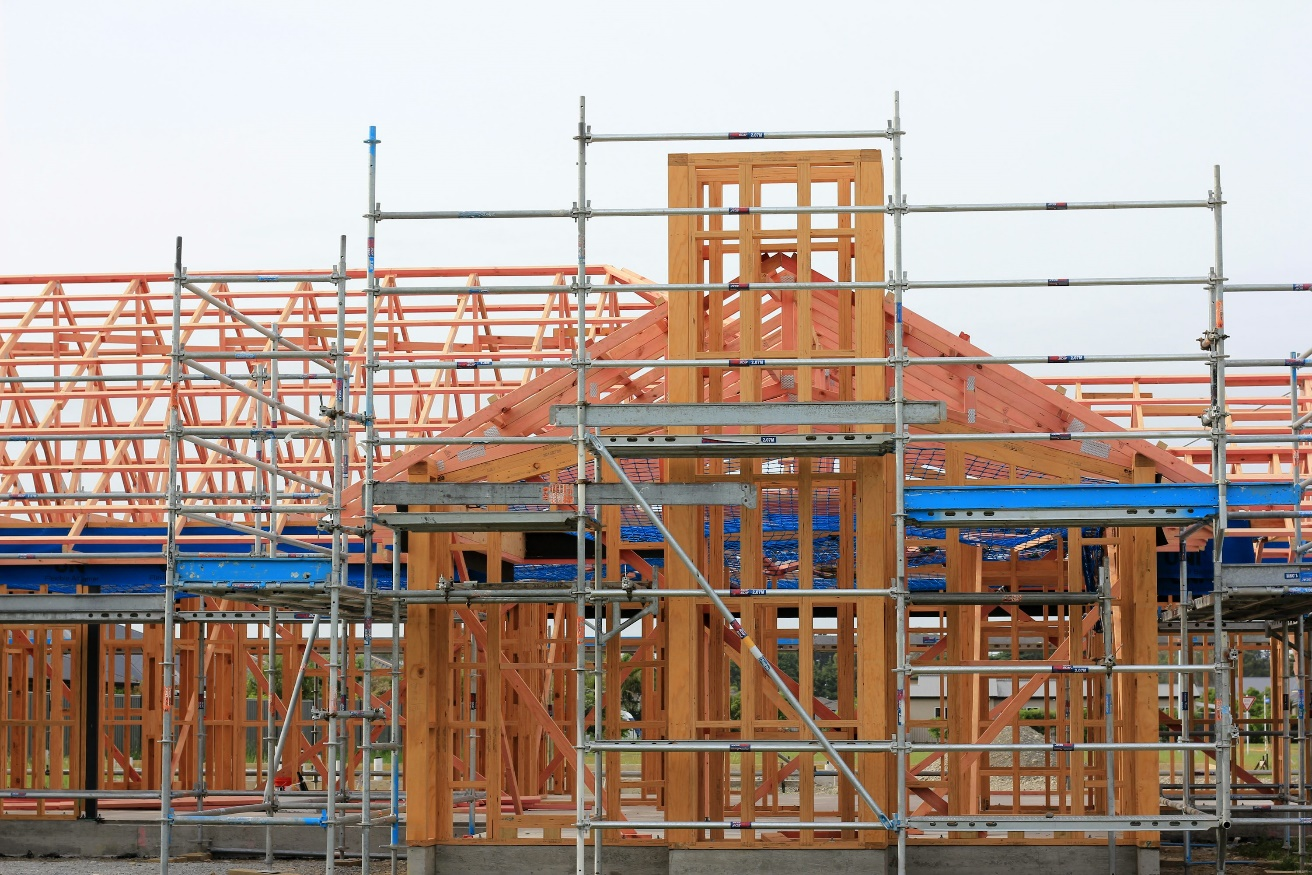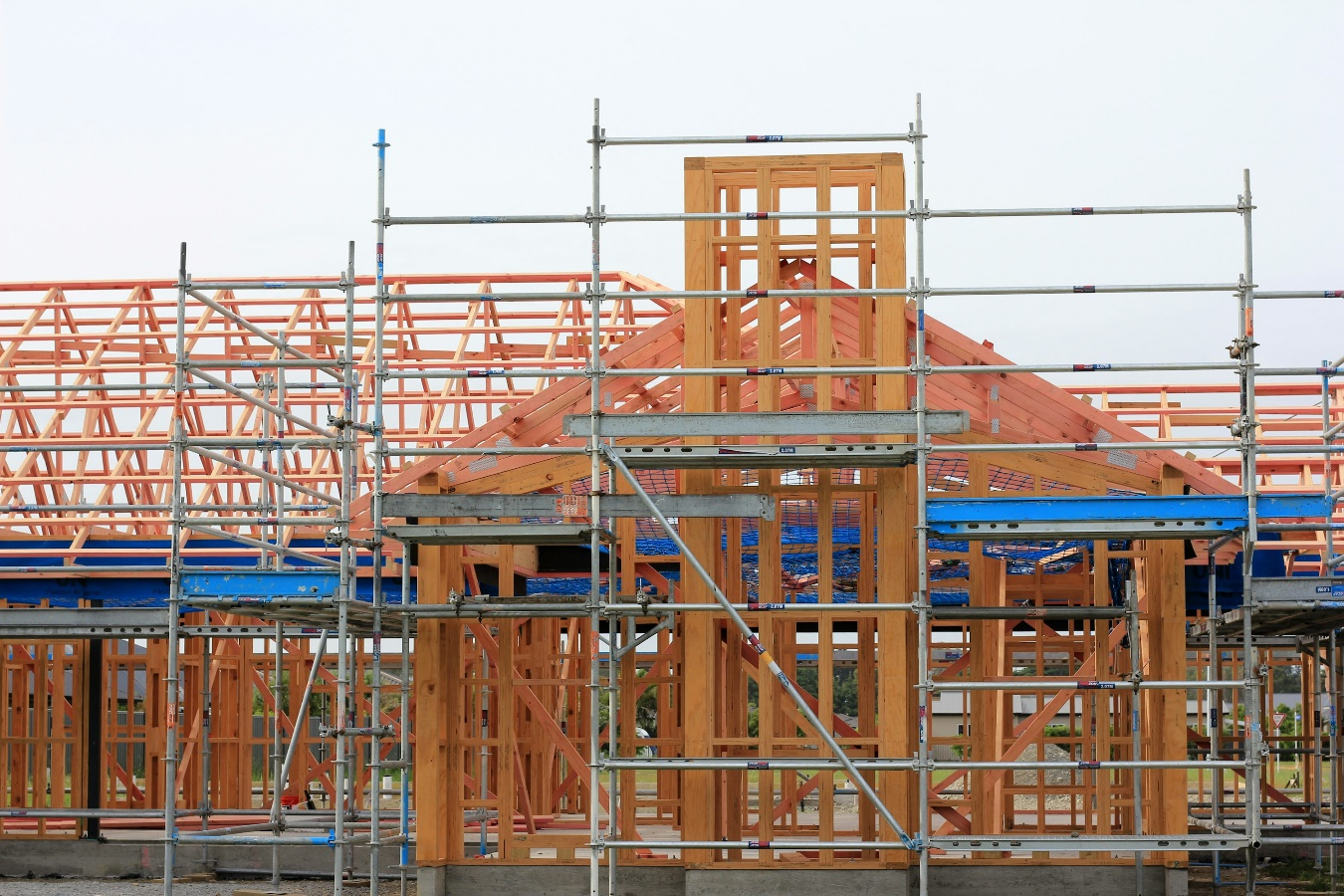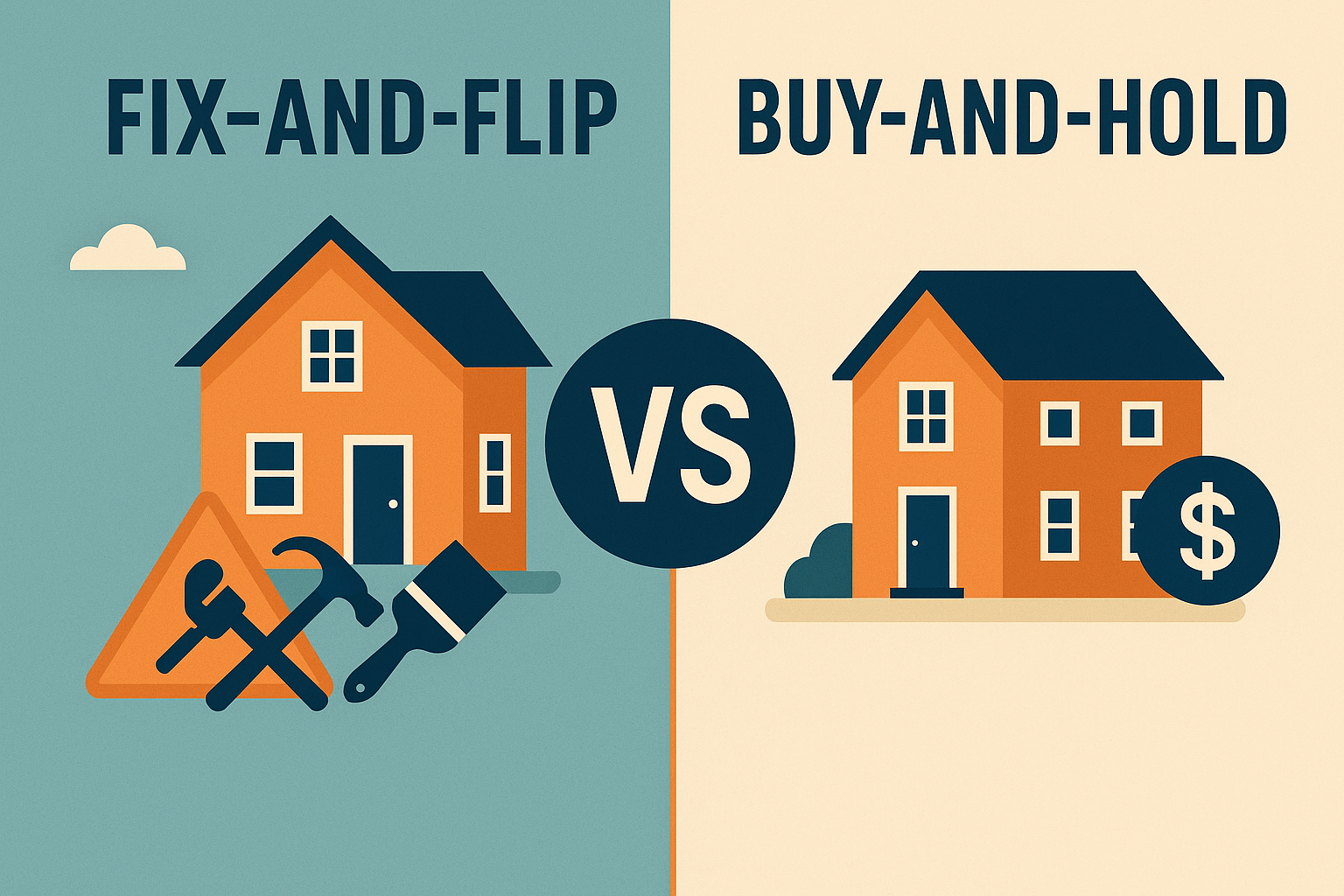Construction spending in the U.S. reached an annualized rate of $2,152.4 billion in April 2025, according to the latest estimates. That’s not just a big number—it’s a loud warning for anyone planning a new build. From rising labor costs to fluctuating material prices, today’s construction environment is fast-moving and expensive.
If you’re using new construction loans to fund your project, budget overruns can quickly spiral out of control. A small delay or change order could set your financing off course, eat into your profits, or worse—stall your project entirely.
However, overspending isn’t inevitable. With the right cost control strategies for new construction loans, you can stay on schedule and within budget.
In this guide, we’ll break down practical, lender-friendly ways to manage contractor bids, control expenses, and keep your financing plan intact.
Why Budget Blowouts Happen
New construction loans are typically disbursed in stages, based on work completed. If your budget is wrong or timelines slip, you risk delays in funding. These issues are especially common when:
- Contractor estimates are vague or underbid to win the job.
- Material prices spike during the project timeline.
- Permits or inspections delay progress and increase carrying costs.
- You skip a proper contingency fund.
Fixing these problems after they occur is tough. Preventing them from the start is far more effective—and less expensive. Therefore, following cost control strategies for new construction loans from a trusted hard money lender is extremely essential.

Step 1: Get Accurate Contractor Estimates
Your contractor’s bid sets the tone for your entire project budget. Here’s how to keep it realistic:
Break down the scope of work: Every task—from grading to plumbing—should be listed with its own line-item cost.
- Require labor and material breakdowns: Make sure you know what you’re paying for, and get multiple bids to compare.
- Ask about escalation clauses: Will prices change if materials rise mid-project? Lock in as much as possible to avoid surprises.
- Verify licensing and insurance: This protects you from legal delays or liability issues.
Remember, new construction loans depend on clear and consistent draw schedules. Incomplete bids slow the approval process and create confusion during inspections.
Step 2: Build a Realistic Timeline
Time is money—especially when interest accrues on hard money loans. Your timeline should reflect:
- Each stage of construction: From land clearing to the final inspection.
- Buffer time for delays: Add a 10–20% time cushion for weather, labor gaps, or permit issues.
- Draw schedules: Make sure your lender’s disbursement schedule matches the work timeline.
- Milestones for payments: Never pay for unfinished work. Tie contractor payments to verified milestones.
A compressed schedule may seem appealing, but rushing increases mistakes—and rework costs more.

Step 3: Include a Contingency Fund
No budget is complete without a safety net. A typical recommendation is 10–15% of the total construction cost. Here’s why:
- Change orders are almost guaranteed—adjusting design, scope, or material specs.
- Unexpected site issues like poor soil or utility conflicts can delay progress.
- Inflation or market shortages can spike costs for key materials.
Without a contingency, every surprise becomes a crisis. Lenders will often ask to see one in your budget before funding a new construction loan.
Step 4: Use the Right Type of Real Estate Lender
When banks move too slowly, many borrowers turn to a hard money lender for speed and flexibility. The right real estate lender can help by:
- Funding quickly—often in 7–14 days
- Releasing funds in line with your draw schedule
- Working with projects that don’t meet traditional income or credit requirements
But that speed comes with responsibility. Poor budgeting or miscommunication can result in paused draws, increased interest costs, or default.
Step 5: Monitor Cash Flow and Reforecast Monthly
Budget control isn’t a one-time task. Successful investors and developers:
- Track every draw against actual spend
- Update cost projections monthly
- Hold contractors accountable with weekly check-ins
- Report changes to the lender as soon as they happen
A real estate lender wants your project to succeed—but they expect transparency. Surprises hurt trust and delay funding.

Bonus Tip: Don’t Ignore Soft Costs
New construction loans often focus on hard costs—labor, materials, etc.—but soft costs can sneak up on you. These include:
- Permit and impact fees
- Architectural and engineering plans
- Appraisals and inspections
- Title and legal fees
Include them in your total financing plan or you may end up short
Partner With InstaLend For Easy New Construction Loan
Ready to start your next construction project? At InstaLend, we specialize in funding ground-up developments with speed and flexibility. Our new construction loans are designed for builders who want to move fast—without compromising on control. We offer quick loans with minimal paperwork and no hassle. Let’s talk about how we can support your project from blueprint to build. Reach out to apply today and begin your journey toward real estate success.









